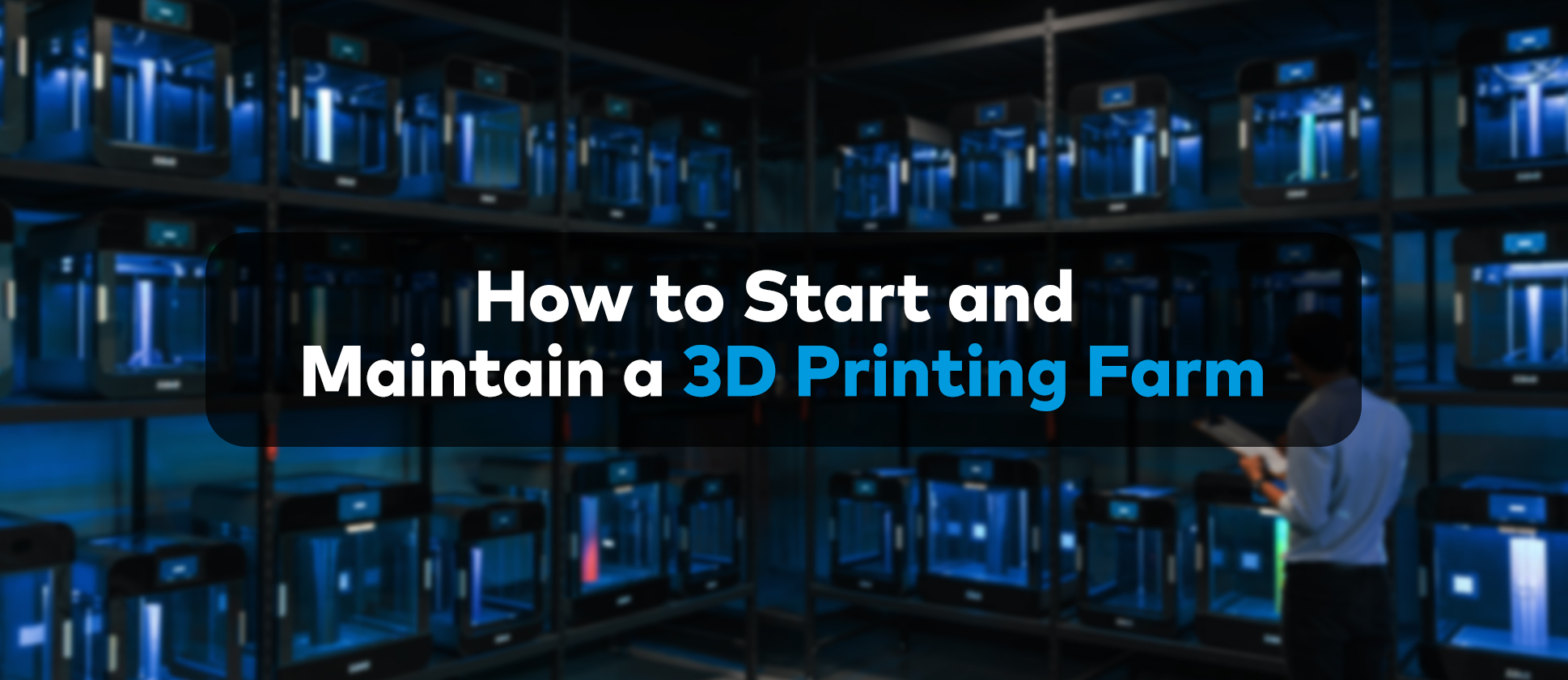
How to Start and Maintain a 3D Printing Farm
3D printing has been growing at a very impressive in recent years and people are discovering new ways to implement it to their businesses. As years go by, 3D printing becomes less of a fringe hobby only followed by absolute enthusiasts and becomes one of the most reliable and effective manufacturing methods.
With these changes come new opportunities for the people in the industry. 3D printing farms are now more prevalent than ever and it is not that hard to see why. Additive manufacturing makes it possible for 3D printer farms to single-handedly develop a reliable production line and give various services to other businesses by using their 3D printers effectively.
Why Start a 3D Printing Farm?
There are many ways and reasons to turn a couple of 3D printers lying around into a profitable business. Due to the DIY nature of this manufacturing method and the freedom it offers, the concept of a 3D printer farm inspired countless business-minded people to turn managing a 3D printing farm into a full-time business.
It can be considered either as another manufacturing method just like injection molding or as lending a 3D printer to someone who doesn’t want to invest in a fairly expensive device that they are going to use a couple of times. Many people would love to take advantage of the freedom a 3D printer offers, but for people who are not going to use the device constantly, the barrier of entry might seem a little high. That is why people are turning this into a business.
Most 3D printing companies have a farm of their own that they use to make spare parts for their own 3D printers. Other people use the manufacturing power their farm gives them to make spare parts for other businesses. Some people even get into making their own digital designs based on fluid customer needs to meet special demands. So, it is a young and high-potential industry that is still expanding and being explored to its full extent.
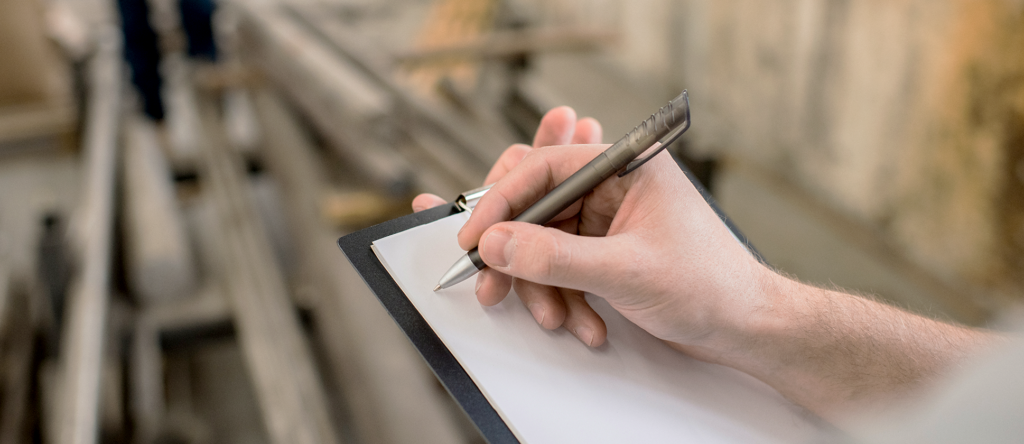
Planning Before Starting a 3D Printer Farm
While 3D printing can be a hobby or even a passion of yours, you can’t fool yourself to think starting something as costly as a 3D printing farm is anything other than business. And like any other business, you need proper planning before you fully commit yourself to it. You need to be mindful of the expenses, challenges, and risks that is involved with starting a farm to know what you are getting yourself into.
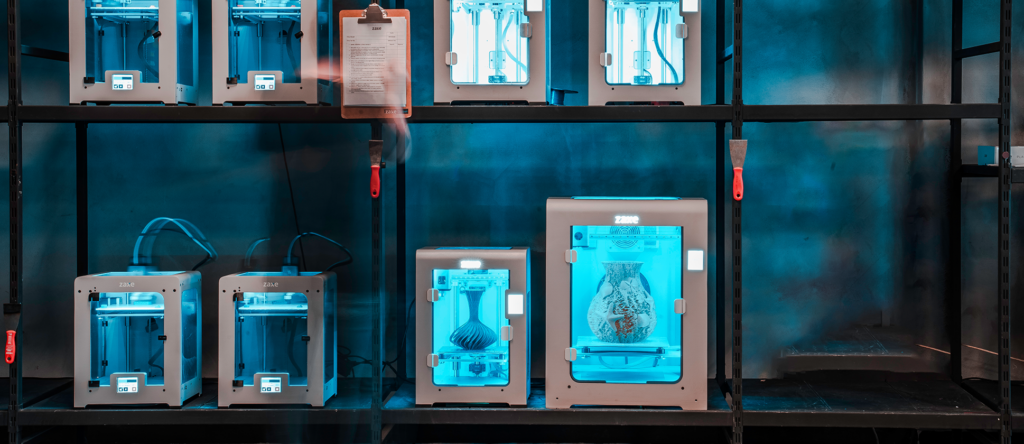
The 3D Printers
The 3D printer will be the backbone of your farm, which means the devices you choose will make or break your operation right from the start. The first thing to consider would be the device you are going to use to print your desired products. There are a couple of things to think about before making such a big investment. First of all, what is your budget, what products are you going to be printing, and what will be the scale of your operation?
If you are planning to make spare parts for heavy-duty machinery using high-grade industrial materials, you will be using industrial 3D printers. That means the money you are going to be spending on your devices will be considerably higher as industrial-grade 3D printers are much more expensive than desktop printers. A high-level industrial 3D printer can easily set you back $10,000, so that figure should be taken into account while budgeting and planning.
If you are going to be printing with basic materials like ABS, PLA, or PETG, you will be needing a printer that can be considered between a low-grade desktop and an industrial 3D printer. These machines usually will set you back $1000-4000 depending on how much you are willing to spend.
You will have to do extensive research on what product you are going to print and what 3D printer will allow you to print those products as fast and accurately as possible to get the best results you can achieve.
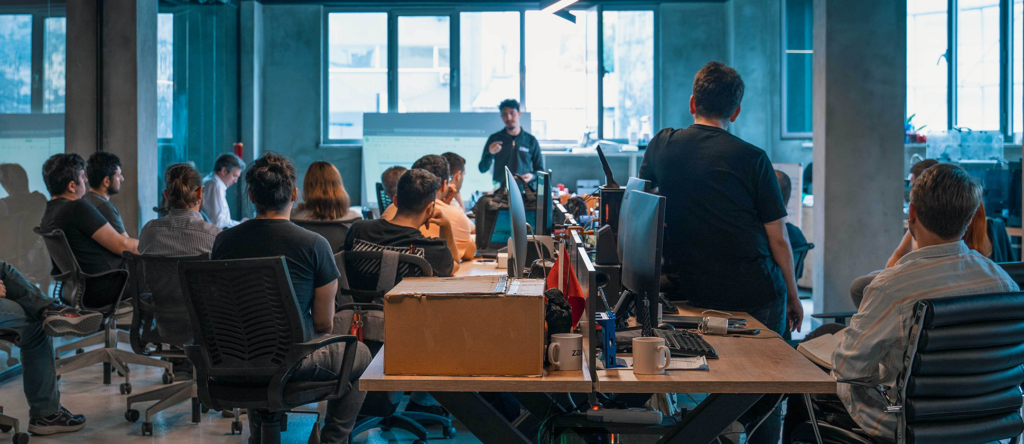
Scale
The scale of your operations should also be taken into consideration during the planning process. What is the market for the products you are going to print and how big of a share you are going to get out of this market? You should be able to answer this question before you are going to get into managing a 3D printer farm.
The risk will be lower for smaller operations. Buying 3 desktop printers and having a handful of customers that grant you satisfactory profits is entirely possible. But no one wants to buy 30 printers just to later discover the number of customers they have or the market they are in won’t allow them to use their 3D printer to their full potential.
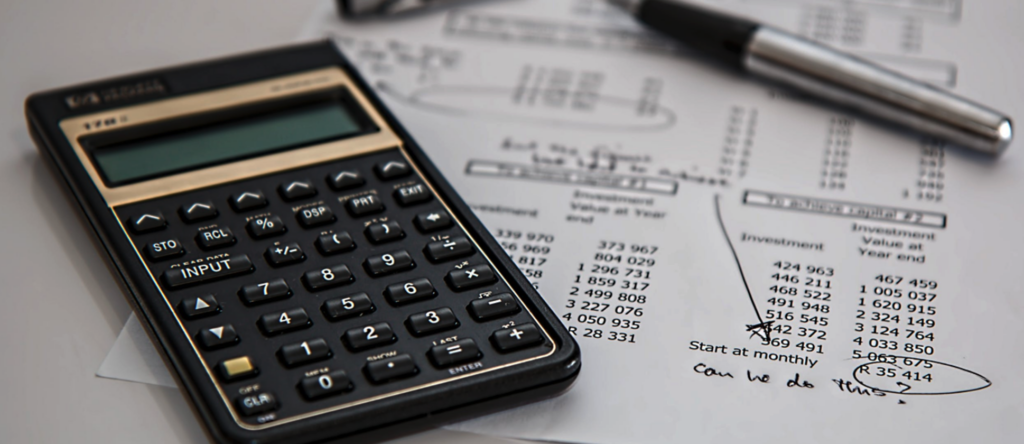
Budgeting
Most of the entries on this will be mostly determined by your budget. Like any other business, the goal is to make a profit. This means efficient budgeting can decide the fate of your 3D printer farm. You need to be mindful of your initial investment, your potential for making money in the near future, the growth of your business and clientele base, and lastly the monthly expenses you are going to make.
You will have to know all this information at the top of your head to be in full control of your printer farm. To ensure profits and minimize needless spending, budgeting will be essential.
To learn more about printing without breaking the bank: 3D Printing on a Budget: How to Cut Costs While Printing
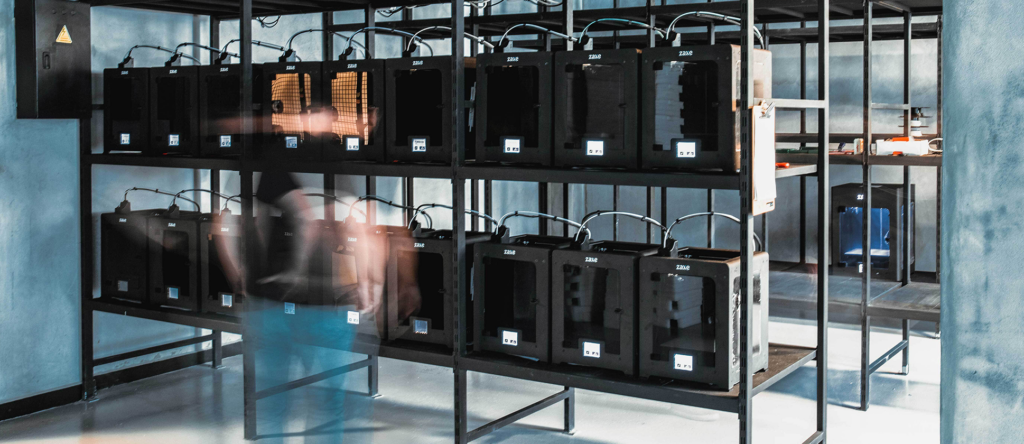
Employees
This entry will entirely depend on the scale of your operations. Obviously, you won’t need employees to operate a 3-device farm, but if your farm is getting bigger each year and you are making enough profits to invest in an extra hand, hiring someone is a safe option.
Operating a 3D farm of, let’s say, 20 devices is a much harder job done than it might seem at the first glance. Managing the individual machines, taking out the print at the right time, and cleaning and maintaining the devices, these are all jobs that eventually get harder to do every day by yourself. Also, to maximize efficiency, having someone manage the machines at different hours from you might be a good working system.
Managing and Maintaining a 3D Printer Farm
If you are satisfied with the planning stage, now it is time to turn those plans into reality. Depending on how good you are at planning, getting your farm up to speed will be easier or harder. You are not confined to any chronological order in these steps, but we provide you with the steps in the order we think would be the most logical to do.
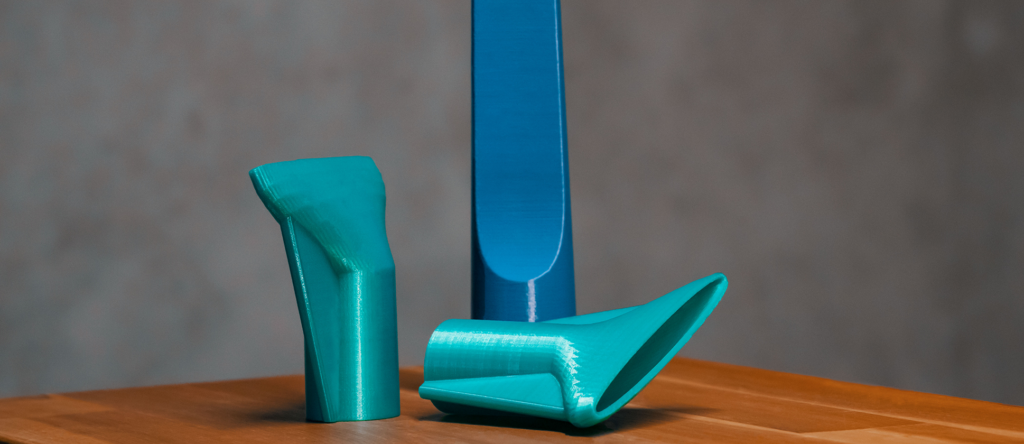
Decide What You are Going to Produce
You probably already have an idea of what you are going to print from the time when you were planning your farm in your head. Your products can be anything from spare parts for heavy machinery to little models for tabletop games. Customer demand and your imagination will be the only limit.

Find Your Clientele
Before you start printing your product, finding out if there is a customer need for that product and finding that customer would be the smartest thing to do. If you start looking for clients after your 3D printer farm is already on the way, the time you start making profits will be much later than it has to be.
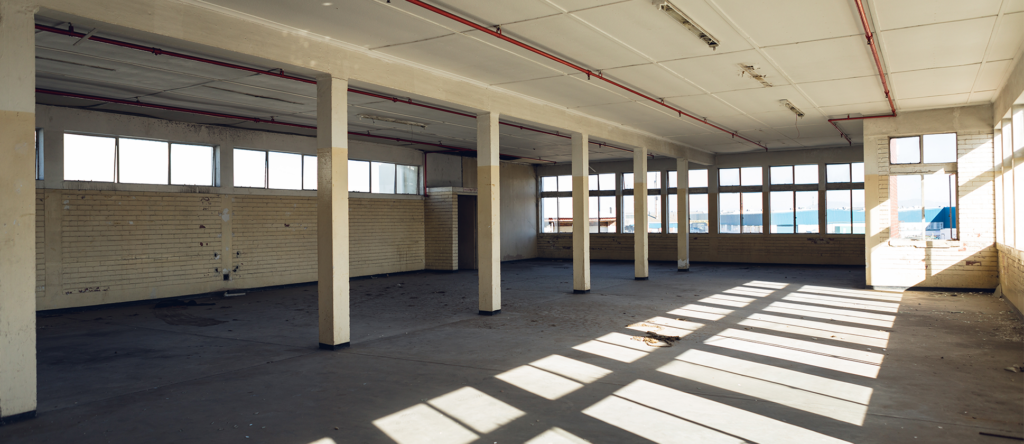
Find the Work Space
You will need a base of operations for your business before you can start printing. Depending on the scale of your business, this place can be anything from a vacant room in your home to a medium-sized warehouse. Just make sure the place where you are going to work in has sufficient ventilation to ensure your work environment is not filled with filament particles.
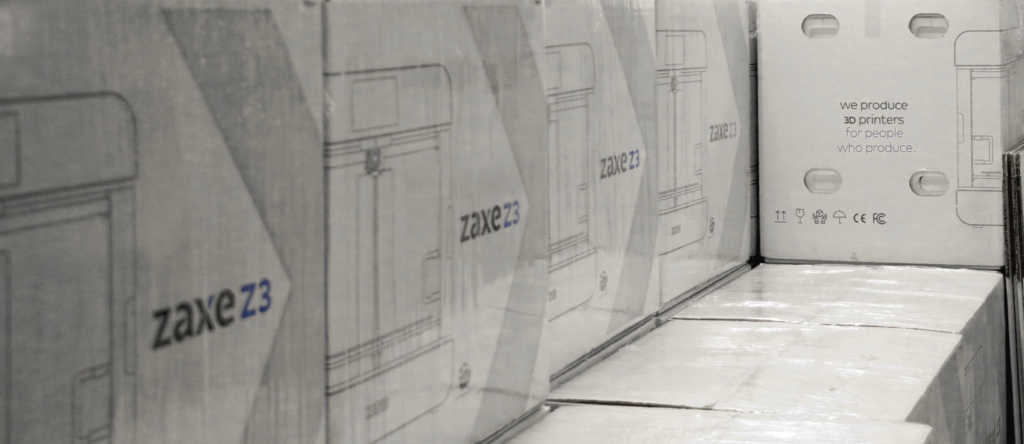
Buy the Devices
Now that you have a place to act as your base of operations, you can buy the 3D printers. When you are buying the 3D printers, to keep the costs as low as possible, make sure to check the second-hand market and have an idea of what the prices are. Also, if you are going to buy more than one 3D printer, the sales team of the company you are buying the 3D printers from might give you a good price. You should keep in mind that depending on the size of the 3D printers, shipping might be a costly process.
If you can’t decide on which 3D printer to buy, read: 3D Printer Grades: Which One is the Best Options for You?
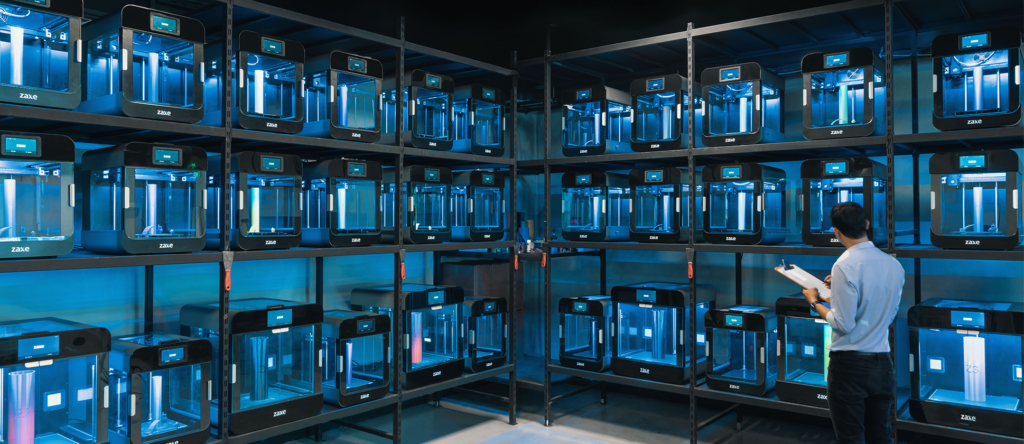
Plan to Maximize Efficiency
When you start printing the product you are going to sell and your business is fully operational, scheduling the hours you are going to spend in your 3D printer farm should be planned in a way that maximizes productivity and allows you to spend as little time actively working on the farm as possible. You should aim to turn your farm into a well-oiled machine that works on its own with minimal interference from you.
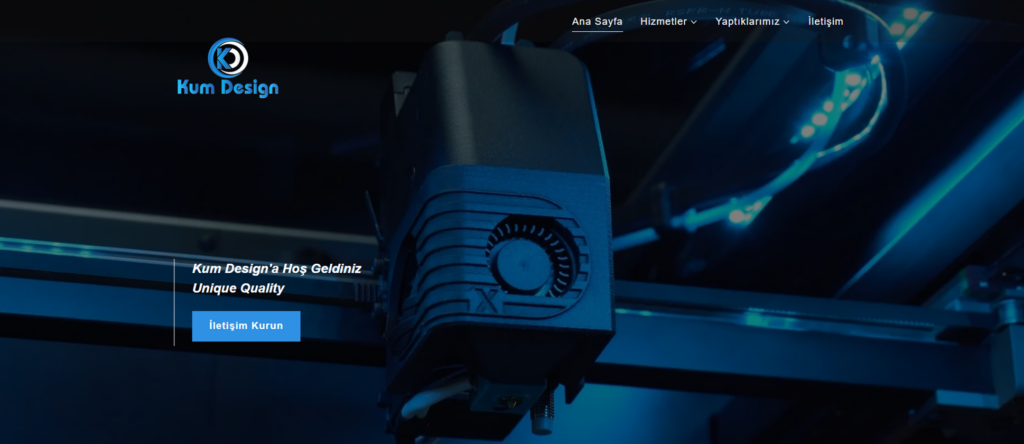
Make Your Own Website
We are in an age where most businesses will depend on digital marketing to stay in business and the same thing might be true for your operation. Having your own website will make it easier for you to reach your target audience. Your website will be the digital extension of your 3D printer farm and can be used to market your products in an effective manner.
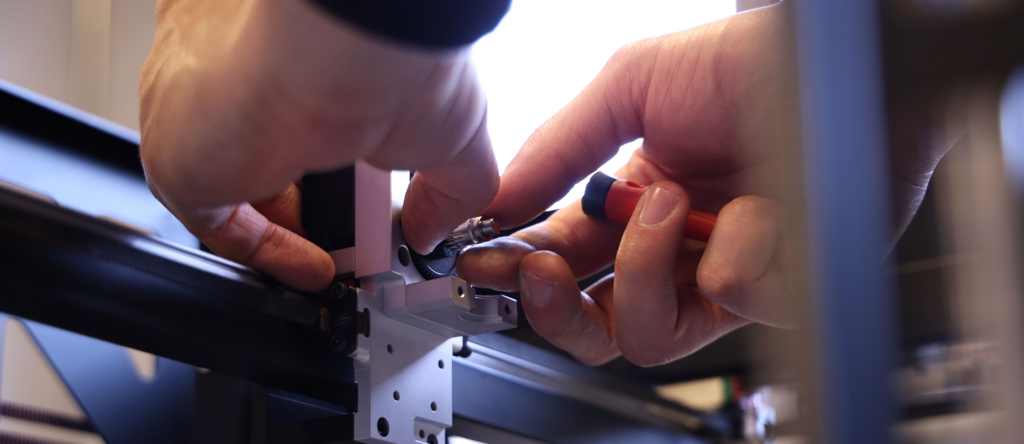
Do Maintenance on Your Devices
To ensure high performance for years to come, proper maintenance of your 3D printers will play a huge role. This goes beyond cleaning. Keeping an eye on the parts that need changing, keeping the firmware on your devices updated and the mechanical components well-oiled to keep the machines running at the highest performance they can is essential for success.
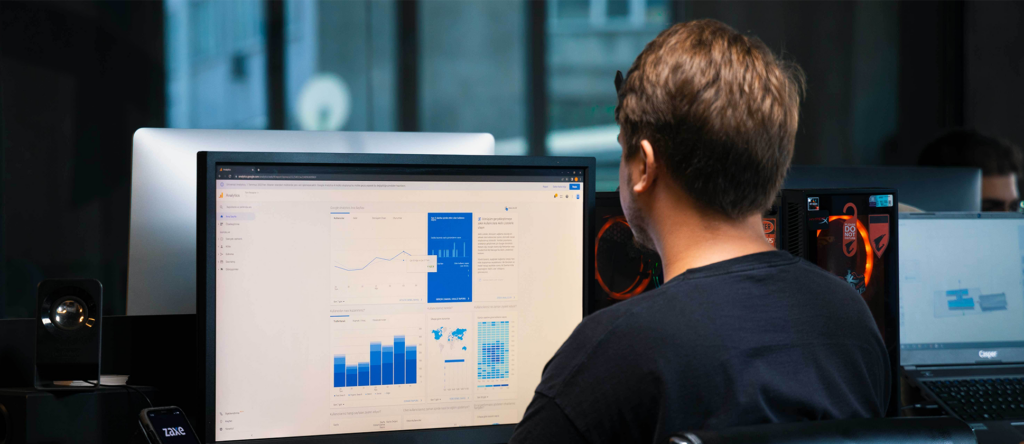
Breaking Even
After your farm and business are operational for a while, it is time to sit down and crunch some numbers. After the initial investment is done, it will no doubt take some time to break even and get a return on your investments. Add the numbers together, look at how much profits you are making and make an estimation on when you are going to get a return on your investment and start making some profits.
How Expensive is a 3D Printing Farm?
Before you get into a business and make an investment in an operation, any smart investor would ask themselves “how much is this going to cost me?”. As we have explained before in this article, there is no single, true answer to that question. There are several factors at play here. But before you take a big risk and jump into a new business, you should absolutely be mindful of the expenses.
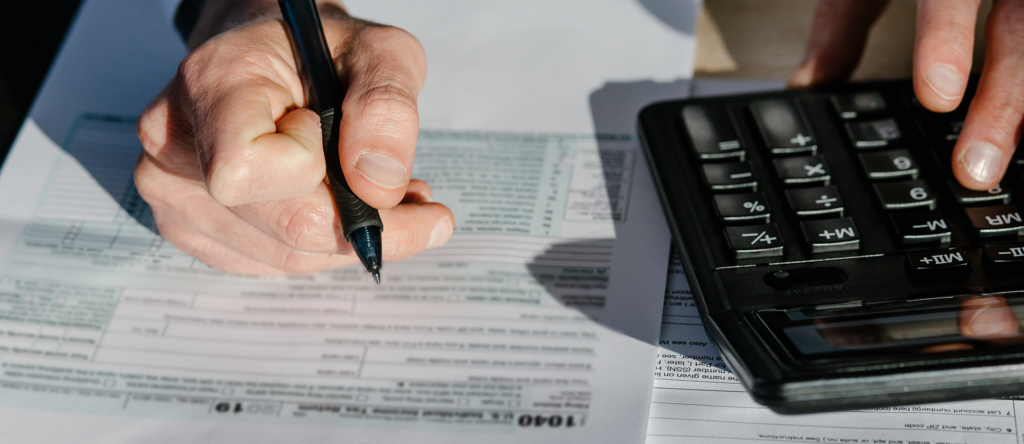
Initial Cost
First of all, you will have to think about the initial cost of a 3D printer farm. The main expense in the first step will be the 3D printers as they tend to be quite expensive. By a very broad estimation based on the industry standards, a 3D printer will set you back anywhere between $1000-10,000. You will have to multiply that with the number of printers you are planning to buy.
Then you will have to find a place to act as a base of operations for your business and there is no way we can give you an estimation on that considering rents and property prices change depending on the city and country you are in.
Monthly Expenses
After your farm is fully operational, you will also have monthly expenses you need to take into consideration. The main monthly expense will probably be the filaments you buy to print your products. A 1kg spool of ABS will cost around $25 but this might also change depending on the country you are operating in. The prices will be a lot higher for top-quality industrial filaments. Buying them in bulk will decrease the price considerably but then you will have to store the filaments properly to make sure they don’t go bad.
For more information on storing your filaments: How to Store Your 3D Printer Filaments Properly
Another expense that some people tend to look over will be the electricity bill. The amount of electricity 3D printers will vary depending on the model and how big it is. And the price of electricity in your area might also change. Electricity should be a part of your budgeting process.
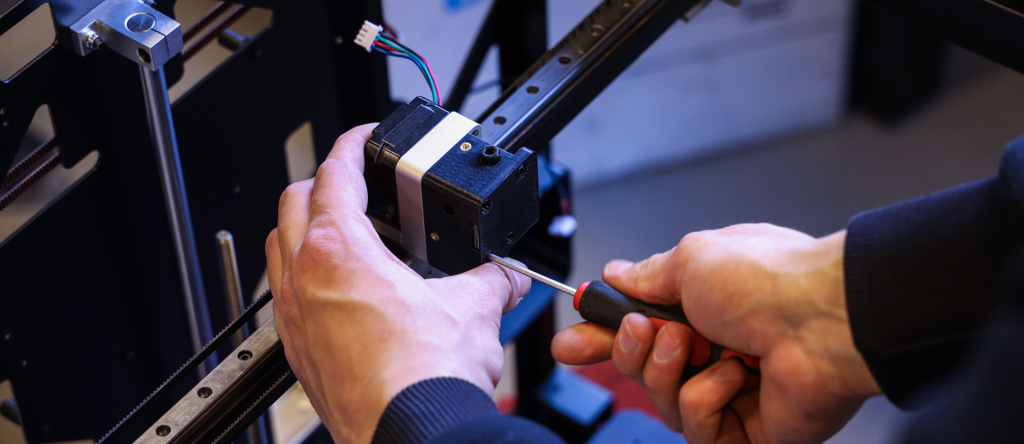
Maintenance
Maintenance actually will likely be the thing you spend the least amount of money on. You will have to buy a couple of cleaning products, oils to keep your machine sufficiently lubricated, and some tools to help you change the parts, and in the upcoming years when there is some wear and tear in the mechanical parts of your 3D printer, you will have to change them. You will probably buy all of these tools once when you are building your 3D printer farm and won’t have to worry about it too often.
In Conclusion
A 3D printer farm is a profitable business if you know what you are doing. With more businesses seeing the benefit of additive manufacturing and starting to trust 3D printed parts more, it has the potential to grow even more in the near future. Like any other business, it might take some time to get a return on your investments, but with the right budgeting, it might be a reliable job for you or help you obtain a steady income.
